How Nickelodeon's 1990s Game Shows Had a Lasting Impact on Audiences
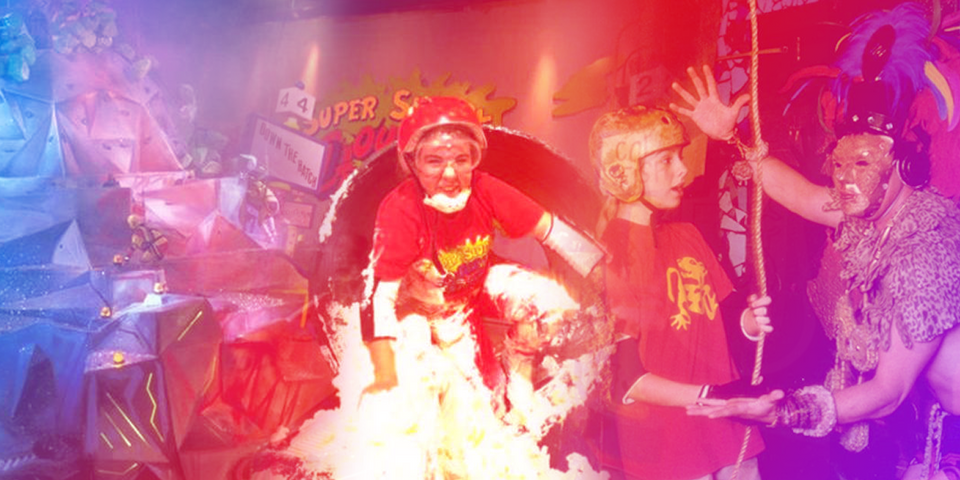
While it might seem like the new millennium has just started, the '90s that millennials knew and loved are now over two decades away. Still, the Nickelodeon game shows that captured the minds and hearts of kids through this decade continue to have significant impacts on TV and pop culture. Here’s a closer look at Nickelodeon's golden age of game shows and how they affect '90s art today.
Slime-Filled Beginnings
In 1986, "Double Dare" kicked off Nickelodeon’s game show legacy. This entertaining series pitted two teams against each other in an attempt to answer various trivia questions and win messy physical challenges. Whether they were tossing giant meatballs between swimming pool-sized spaghetti bowls or catching pies from a catapult while wearing clown pants, the charades always got a laugh, and kids watching constantly craved more.
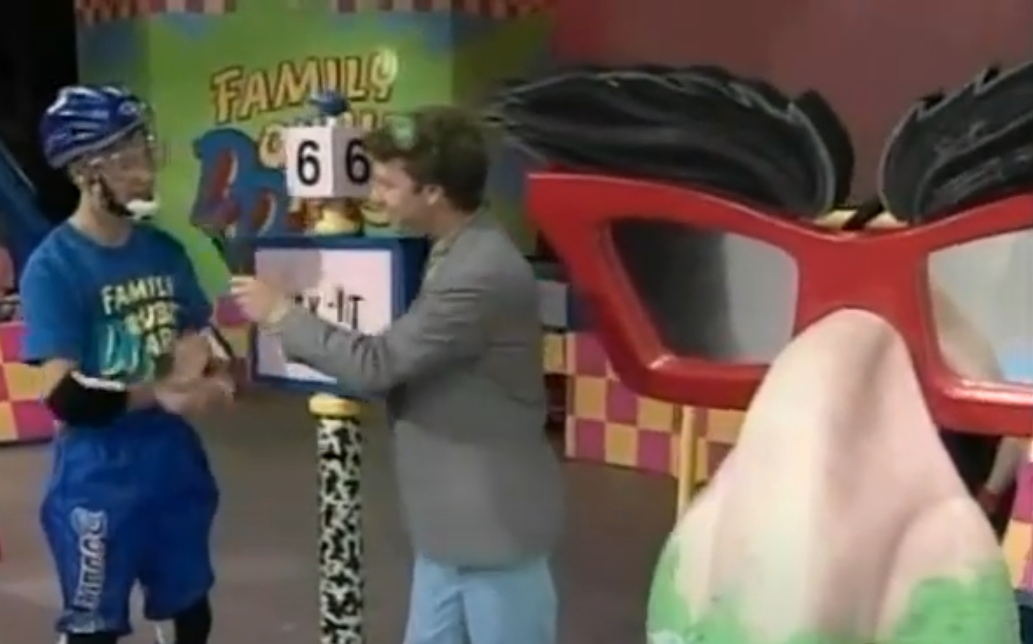
After all the messy challenges, the winning team with the highest points were blessed to traverse a zany, over-the-top obstacle course in just 60 seconds in order to gain as many fabulous prizes as possible. If they conquered the course, usually a team would leave with a vacation package or even a brand new car (if it was Family Double Dare). Soon after the kid's game show's debut, "Double Dare" became the most-watched original daily program on cable television.
Video Games Come to Life
In 1991, another network favorite, “Nick Arcade,” was born. This show focused on video game trivia and was the first in America to combine live-action television with animation using bluescreen technology. Previous shows like Starcade and Video Power existed on other channels, but none were quite as interactive or high-energy as this one, thanks to the iconic game show host, Phil Moore.
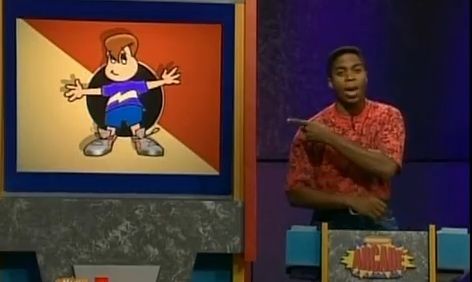
Once contestants passed two rounds of challenges by navigating Mikey (our video adventurer) across the virtual game board, the winning team of two kids could go on to battle the Video Game Wizard in The Video Zone. Inside lurked three digital levels pushing players to their limits before they had to face one of three Video Zone Bosses: Mongo (an armored strongman in green), Merlock (a long-bearded, purple-robed wizard), or Scortia (a hot-headed acrobat slinging fireballs), all of which had to be beaten in 60 seconds in order to claim their grand prize. While viewers were captivated by the illusion of people inside video games, backstage contestants used their actual bodies on blue-painted sets adorned with platforms, ropes, and ladders; it was a special kind of production magic inspiring just about every video game-obsessed kid out there to test his might inside a video game one day!
The show's focus on video games would later influence the G4® television network, which launched 11 years later in 2002. This channel entertained audiences until 2014 with gaming competitions, interactive talk shows, and even a show revealing useful cheat codes, and has since experienced a brief reboot form on YouTube.
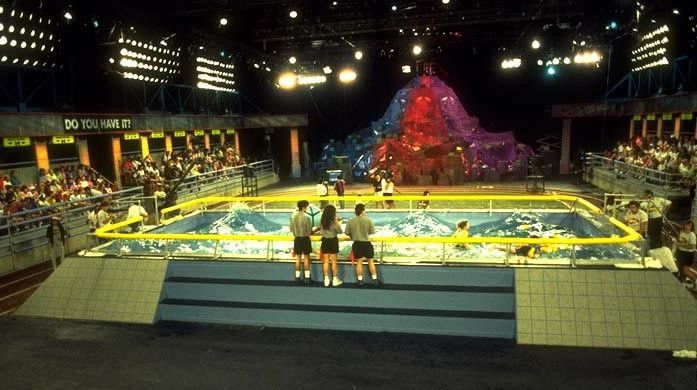
Extreme Obstacle Courses
While sloppy obstacles and video game traversal may appeal to a good portion of kids, there was still a sub-demographic still desiring to be represented - the kind that loved extreme sports. Running from 1992 to 1995, the network aired "Nickelodeon GUTS" as an answer to kids everywhere who wanted to prove they were the best at any sport-related challenges. This indoor stadium filled with various layouts of extreme sports events featured three contestants per episode, all competing against each other to rack up the highest points possible across four events. The set featured, among many things, a pool, racing track, turf field, obstacle course, and of course, the Aggro Crag — a 28ft artificial mountain flooded with glitter bombs, boulders, wrong truns, and death-defying cliffs that would equalize, pummel, and just flat-out decimate even the mightest of challengers, all while they would hit actuators along the way up. Each section of the mountain was colored to match their player's color (either Blue, Red, or Purple), and if one were to climb even an inch outside of their own zone when climbing the crag, that would spell immediate disqualification for them. In short: The Aggro Crag was no joke. If you truly had guts, then it would be tested to the max here.
Judging by how ridiculously competitive such an event would prove to be for contestants, it’s easy to see how this early '90s game show inspired one of today’s favorites: "American Ninja Warrior."
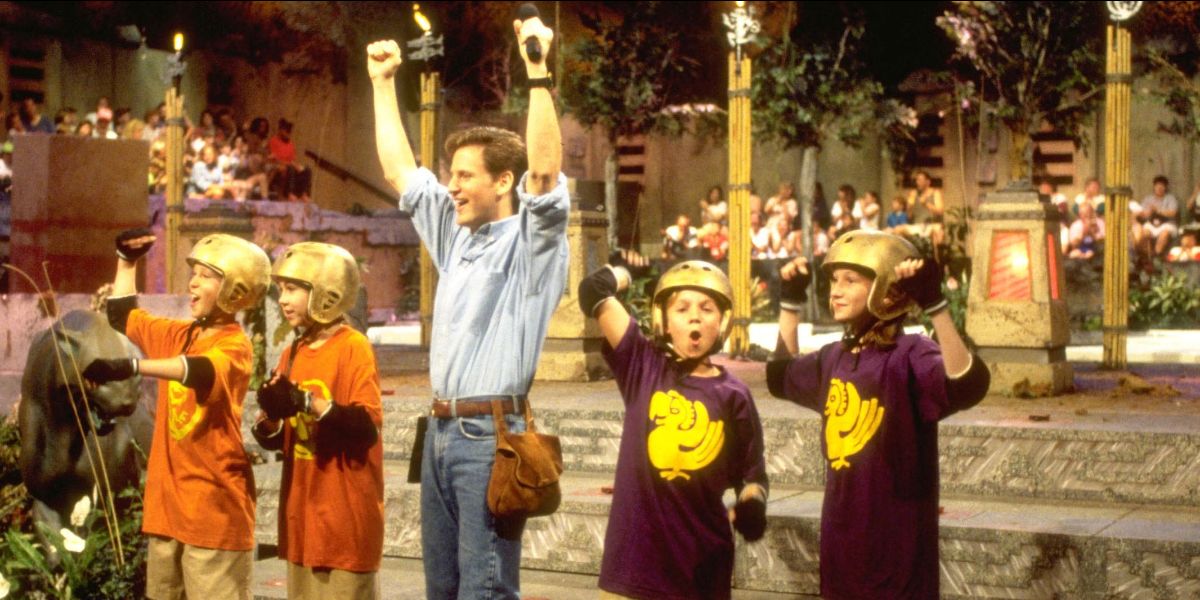
Narrative Aztec Adventures
In 1993, Nickelodeon took their game show ideas in a new direction, one that would utilize elements of geography along with history, all wrapped up in an Aztec and Mayan-flavored bow. Enter "Legends of the Hidden Temple", a game show where six teams of contestants would endure four rounds of trials to prove they have what it takes to make it into Olmec's temple, retrieve the artifact of the day, and get out all within 3 minutes. If you think the previous game shows were challenging, then you are wrong! This is the most brutal of them all, as not only were there rapid eliminations in every round (from 12 to 2 contestants by the end), but they also had to prove themselves mentally and physically fit to handle The Moat, The Steps of Knowlege, The Temple Games, and eventually Olmec's Temple. Oh, and don't forget everyone's favorite temple puzzle *winks*, the shrine of the silver monkey.
Considering how the production crew spent a good 11-13 hours a day shooting multiple episodes segment-by-segment, it's no wonder how many teams dropped like flies before reaching the coveted artifact - some of them simply were too exhausted to make it out alive. For this reason, Legends of the Hidden Temple may go down as not only one of the most entertaining kid's game shows out there, but also one of the most brutally unforgiving.
Stumping and Sliming Celebrities
A fourth game show most 90s kids remember fondly is the trivia-based Figure it Out, hosted initially by Olympic Swimmer Summer Sanders. In this minimalist, yet engaging show, a panel of six celebrities, usually from other Nickelodeon shows (but occasionally from sports or pop culture) would fill in the blanks to the best of their ability on Billy the Answer Head to see if they can figure out the kid contestant's hidden talent or achievement. The twist is that the answer was usually weird or often bizarre to watch! One example firmly seared into my memory is this one kid who ate a ton of watermelon in a minute. Just the way he chowed down on full-length slices both bewildered and shocked me, and I'm sure if you have seen the episode, it did for you too.
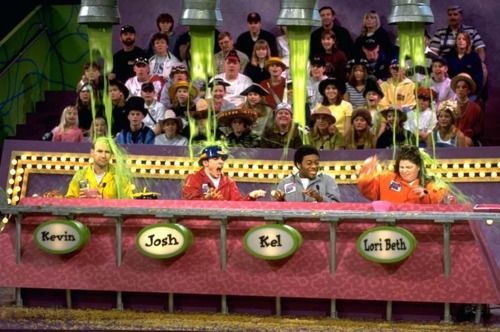
While many game shows have experimented with their formats to make viewers as engaged as possible (think "Floor is Lava" or the recent "Supermarket Sweep" reboot), it's clear to see that the ones lasting the longest in our memories are the ones we most desire to be on ourselves. Whether it's diving through an ice cream slide, moving Mikey on a Medieval video game board, retrieving the Belly Button of Buddha from Olmec's temple, or just figuring out a girl's pet squirrel can waterski, we all can agree that these shows have and continue to make our childhood special.
If you were a fan of any of these classic '90s game shows, Brett Wilson Art will help you relive your childhood. Based in Connecticut, this artist makes it possible to embrace your childlike joy with his wide array of '90s art. From stickers and posters to custom prints, he breathes life back into a number of classic Nick cartoons, including "The Adventures of Pete & Pete®," "Pokélodeon®," and "Are You Afraid of the Dark?®" Browse his bold-hued '90s art right on the website, or request a custom piece by texting (860) 930-7150. Visit his Instagram for more updates.
About the Business
Have a question? Ask the experts!
Send your question

